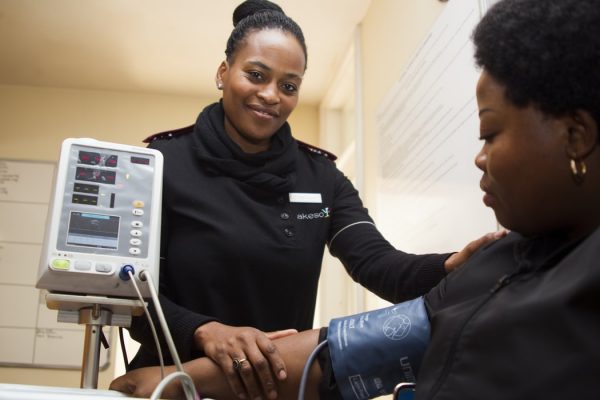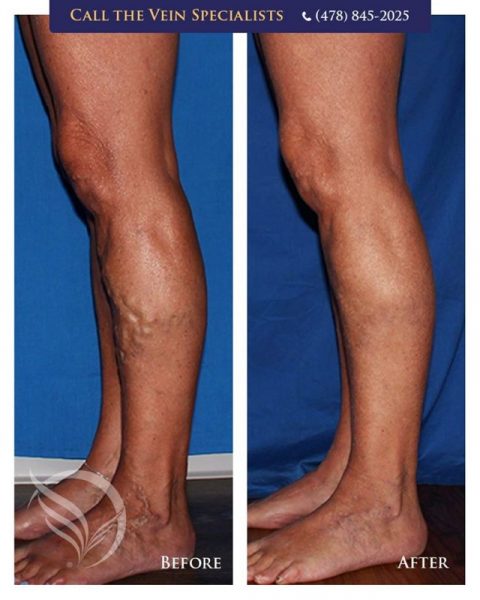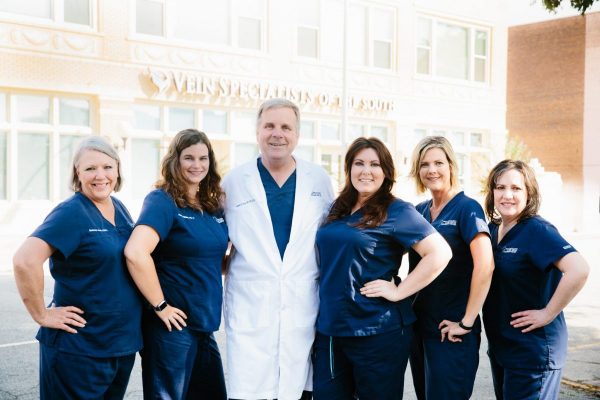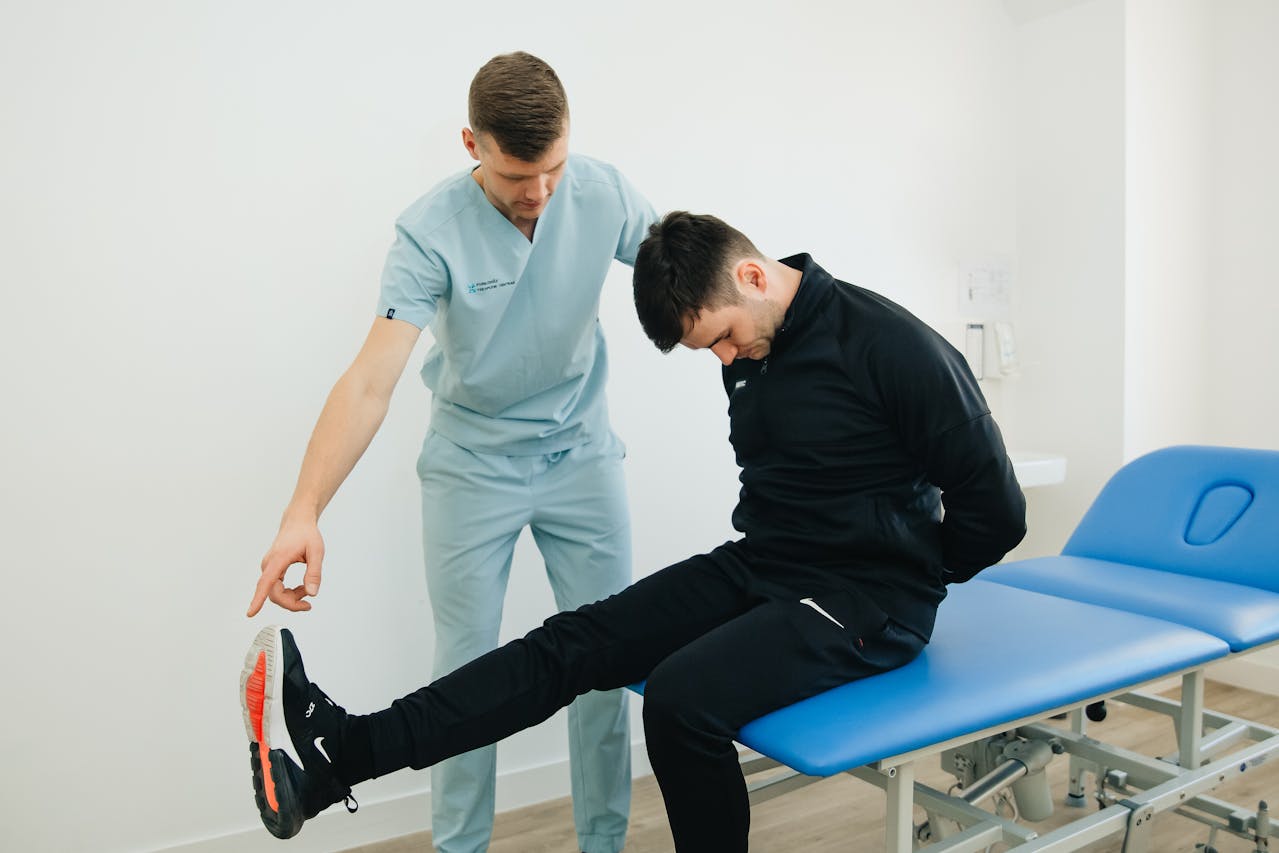“While seeking treatment for my varicose veins, my vein specialist also found a DVT blood clot in my leg. Thank goodness I decided to seek help from the experts in vein care. It changed my life.”
Tips To Reduce Your Risks
Follow your doctors’ orders and these tips to protect yourself against PE.
Take blood thinners and other medications as prescribed. If you require surgery, you may need to stop taking your blood thinners to prevent blood loss during the procedure. Discuss this with your doctor before you stop taking your medications.
- Stay hydrated and avoid alcohol and caffeine, especially while traveling.
- Move often and stay active. If you must sit for long periods of time for work, pump your calves, flex your feet, and get up to stretch and walk every hour. If you are on bed rest, were injured, or had surgery, discuss prevention methods with your doctor.
- Wear compression stockings. This is a good tip for everyone, even if you are not at a high risk for developing varicose veins or blood clots. However, if you are in a high risk category, it’s a good idea to wear compression hose often, even if you have no symptoms. Please wear compression while traveling, especially during long flights or road trips.
- Do not ignore troubling symptoms. If you have mysterious leg symptoms, see a vein specialist right away. Unexplained leg pain, heaviness, itching, redness, heat, or tenderness are all signs of venous disease and blood clots. You don’t need to see varicose veins to have varicose veins.
- See a vein specialist. Book an appointment with our team of vein specialists if you:
- have symptoms of varicose veins or blood clots,
- fall into one of the high-risk categories for DVT/PE, or
- have a family history of venous disease, DVT, and/or PE.
If you have chest pain and/or shortness of breath, dial 911 or visit the emergency room.














